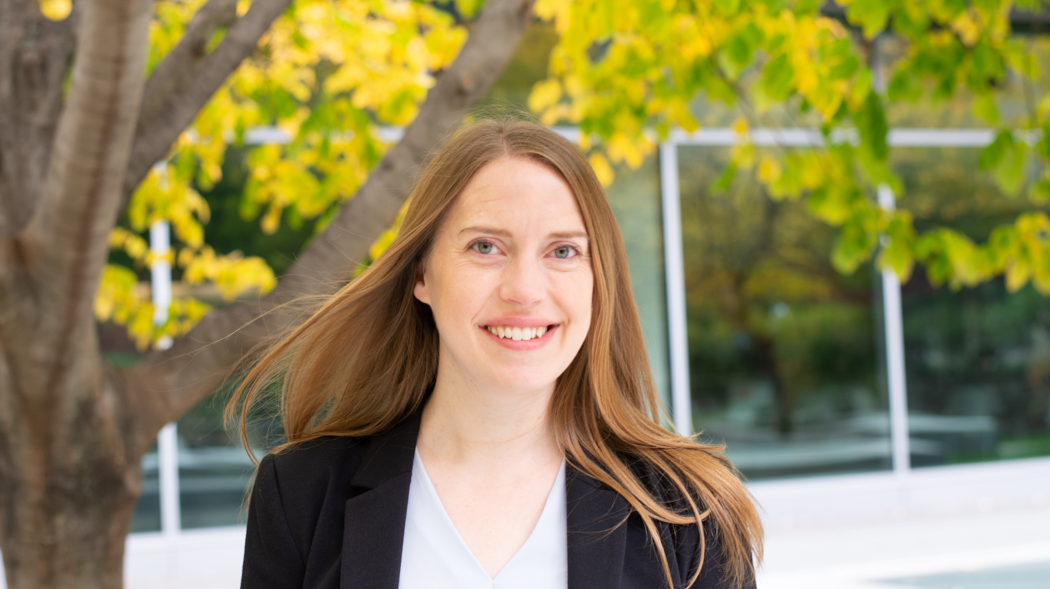I am studying how stressful early childhood experiences can alter the trajectory of brain development and predispose individuals to adverse mental health outcomes. We all intuitively understand that children are like sponges and can absorb experiences more rapidly than adults. Our lab uses a mouse model of early life stress to unravel how negative experiences become embedded in the young mind at the level of individual cell types and neural circuits. We also are searching for strategies to prevent or ameliorate circuit changes induced by early life stress.
What career did you aspire to as a child and why?
I wanted to be an astronaut while growing up, or perhaps more accurately, a member of the Star-ship Enterprise. A life of discovery and adventure, solving problems on a universal scale. I think you will find that many of us scientists feel the pull of exploration and thrill at discovering things no other person has ever seen. My grandpa used to take us out into the backyard to peer up at the stars with his home rigged telescopes. As a neuroscientist, I have now traded the telescope for the microscope. Instead of stars, I now search for constellation patterns among neurons in the brain.

Carolyn with Harvard Dragon Boat teammates
What has been one of the most exciting or surprising moments in your career so far?
I use a brain imaging technique called 2-photon microscopy that allows me to visualize cells and synapses in the living mouse brain. It allows us to follow the same cells over time and watch the brain “wire up” across development and form new connections during learning. I remember the first brain I successfully imaged across a cognitive learning experiment in grad school – nicknamed Magellan the Mouse – and being shocked at how much those neurons changed across a week. Many of us think about the brain like a hardwired circuit board. But actually, it is incredibly dynamic and constantly adding and subtracting neural connections. I find something very hopeful and inspiring about this enduring ability of the mind to adapt and change.
What are some of your interests outside the lab?
As a native Minnesotan (land of 10,000 lakes), I gravitate towards the water. This year I joined the Harvard Dragon Boat team and had great fun paddling around the Charles River all summer. Dragon boats have 10-20 paddlers arranged in pairs, coordinated by a drummer at the front and a steerer guiding the boat in the back. The Harvard team is an eclectic bunch of grad students, postdocs, and Harvard affiliates all paddling in unison to speed the boat along. It’s a wonderful community sport and a testament to the power of working together to accomplish a goal. My personal highlight of the season was racing in an international competition in Montreal and our team bringing home 3 medals!

